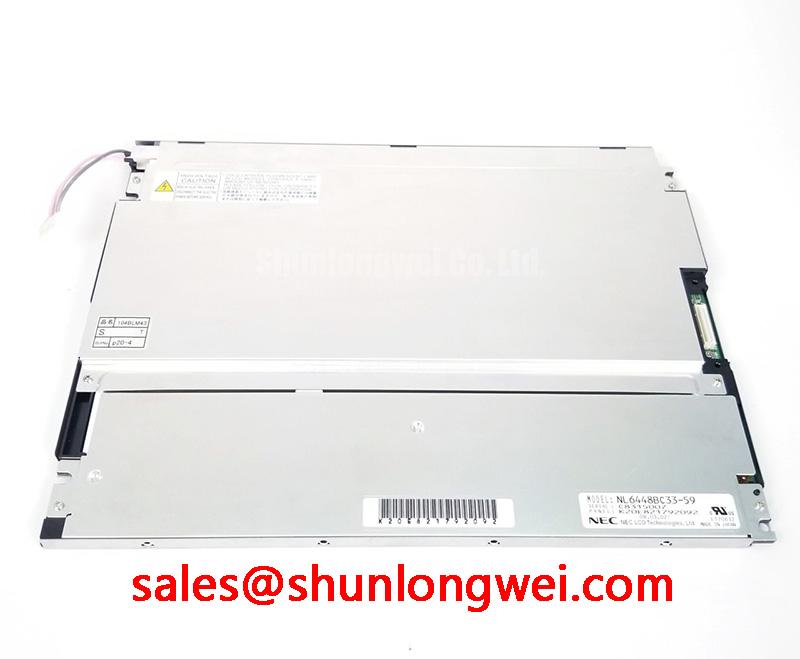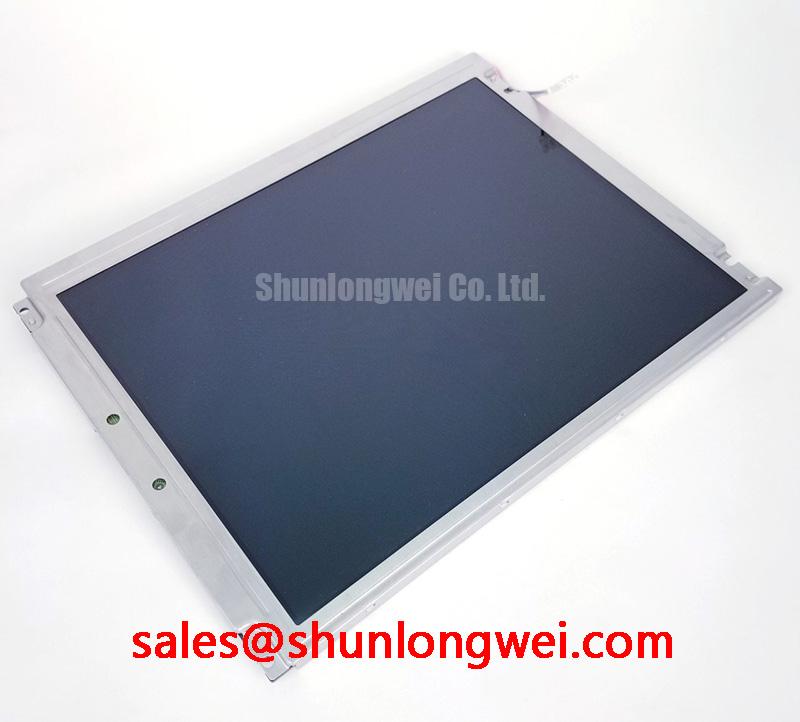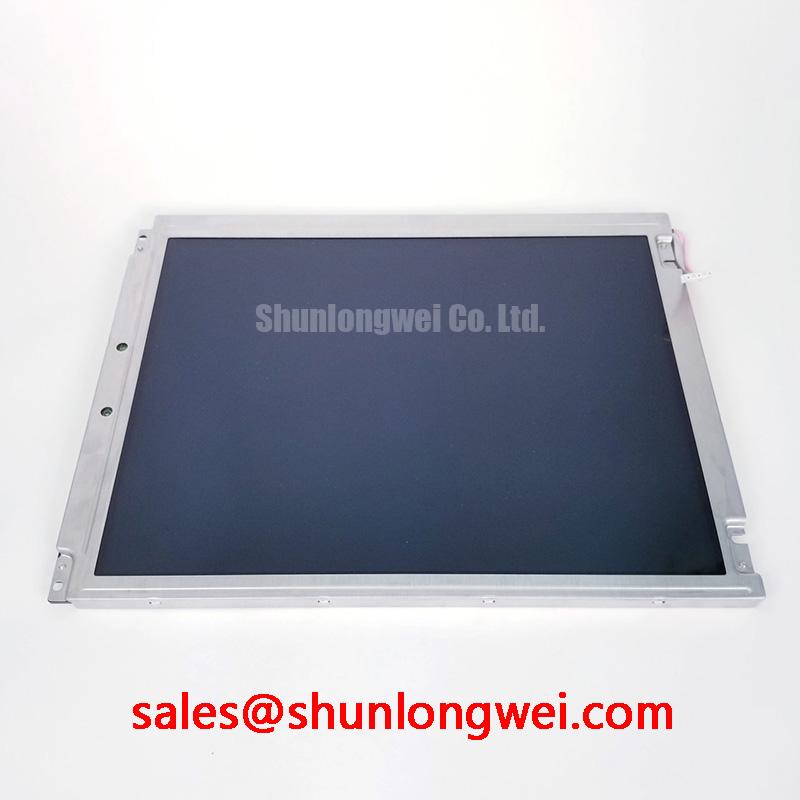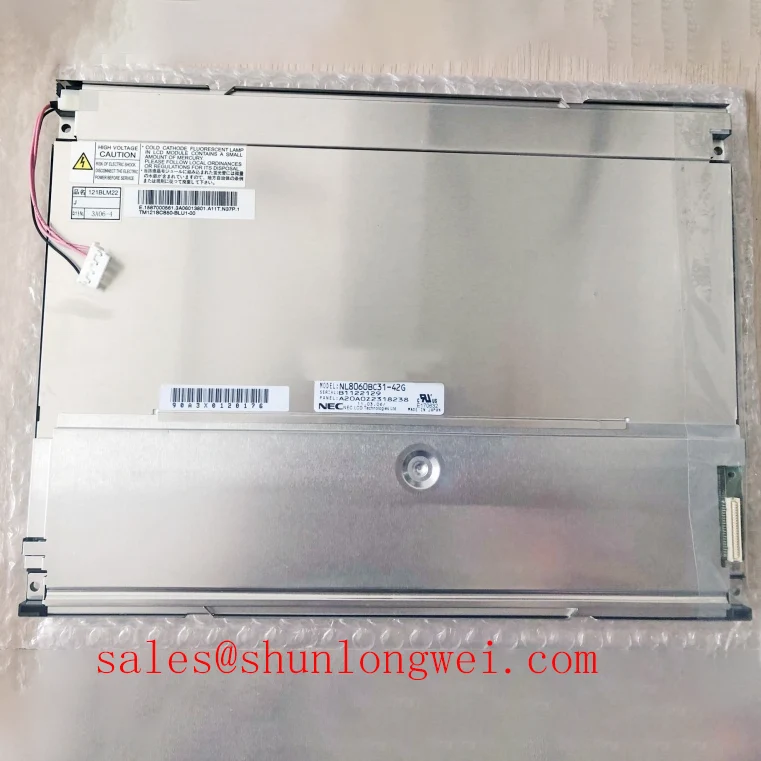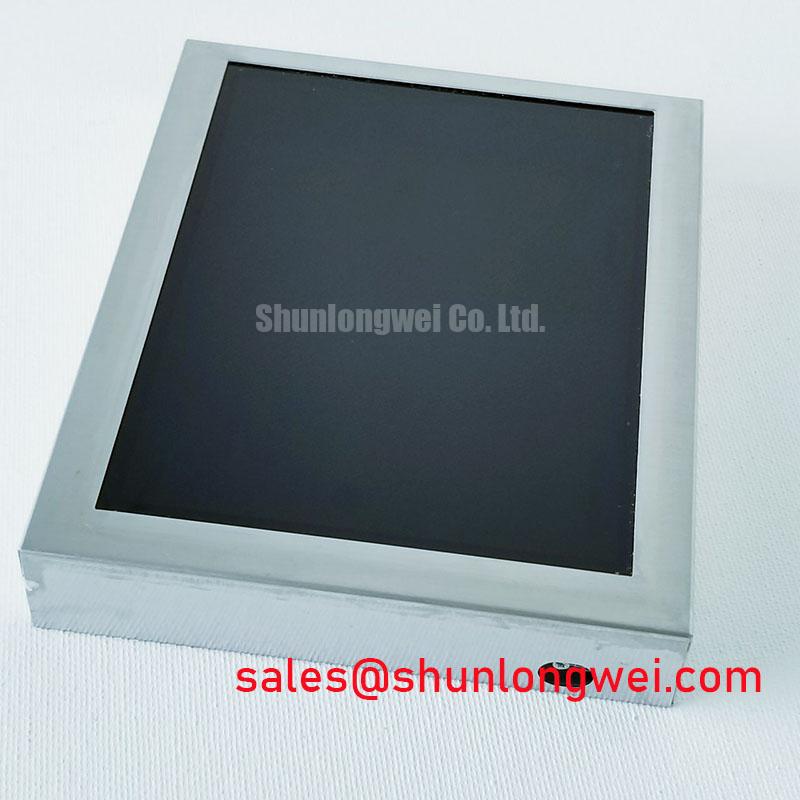Content last revised on November 21, 2025
NL6448BC33-59: A 10.4-inch VGA TFT Display Engineered for Industrial Reliability
Product Introduction & Key Features
Engineered for Durability in Demanding Visual Interface Applications
The NL6448BC33-59 is an a-Si TFT-LCD module designed for consistent performance in challenging operational environments. It delivers proven visual clarity and robust construction, making it a reliable choice for long-lifecycle industrial and medical systems. With key specifications of 10.4" Diagonal | 640x480 VGA | 450 cd/m² Brightness | -10°C to +70°C Operating Temperature, this display provides essential performance for critical applications. Its primary benefits include a wide operational temperature range for environmental resilience and high vibrational tolerance. For designers seeking a dependable display solution for legacy system upgrades or new deployments in harsh settings, the NL6448BC33-59 offers a field-tested foundation. With its wide operating temperature range and robust build, this 10.4-inch display is the optimal choice for industrial HMIs where operational uptime is paramount.
Key Parameter Overview
Highlighting Critical Specifications for System Integration
The technical specifications of the NL6448BC33-59 are tailored for industrial applications where performance and reliability are non-negotiable. The following table highlights the key metrics that engineers and system architects should consider during the design and evaluation phase.
| Parameter | Specification | Engineering Value |
|---|---|---|
| Screen Size | 10.4 inch (26 cm) | Provides a standard, versatile viewing area suitable for a wide range of HMI and control panel designs. |
| Resolution | 640(RGB)×480, VGA | Ensures clear and effective rendering of standard industrial graphical interfaces and data readouts. |
| Brightness | 450 cd/m² (Typ.) | Delivers strong visibility in typical indoor industrial and medical lighting conditions. |
| Operating Temperature | -10°C to +70°C | Guarantees reliable operation in environments with significant temperature fluctuations, from control rooms to factory floors. |
| Storage Temperature | -20°C to +80°C | Allows for safe transport and storage in a wide range of non-operational climatic conditions. |
| Contrast Ratio | 600:1 (Typ.) | Offers distinct separation between light and dark elements, ensuring legible text and clear graphics. |
| Signal Interface | CMOS (1 ch, 6-bit) | Provides a common, straightforward interface for integration with a variety of embedded controllers and single-board computers. |
| Vibration Resistance | 2.0G (19.6 m/s²) | Demonstrates mechanical stability, making it suitable for applications on heavy machinery or in high-vibration settings. |
Download the NL6448BC33-59 datasheet for detailed specifications and performance curves.
Application Scenarios & Value
Delivering System-Level Benefits in High-Reliability Environments
The NL6448BC33-59 is engineered for applications where operational continuity and environmental resilience are critical. Its value is most evident in scenarios that demand more than just a standard display, providing a robust foundation for Human-Machine Interfaces (HMIs) and monitoring systems.
Consider the challenge of designing a control panel for a CNC machine on a factory floor. The environment is subject to temperature swings, from a cool start in the morning to elevated heat during peak operation, and constant, low-level vibrations from the machinery. In this context, the NL6448BC33-59's wide operating temperature range of -10°C to +70°C is not just a specification; it's a direct enabler of system reliability, preventing display failure or image degradation due to thermal stress. The specified 2.0G vibration tolerance further ensures that the display's internal connections and components remain stable, contributing to a longer service life and reducing the total cost of ownership. The 450-nit brightness ensures that critical machine status information and operator instructions remain clearly legible under typical factory lighting. For systems requiring a different form factor or higher resolution, the NL8060BC31-28E offers an 12.1-inch SVGA alternative within the same family of industrial-grade displays.
- Industrial Automation: Ideal for HMIs on manufacturing lines, process control systems, and robotics controllers where reliability is paramount.
- Medical Devices: Suitable for patient monitoring systems and diagnostic equipment that require consistent, long-term performance and clear data presentation.
- Test & Measurement Equipment: Provides a dependable visual interface for portable and benchtop instruments used in field service and laboratory settings.
Frequently Asked Questions (FAQ)
Technical Clarifications for Design Engineers
What is the primary benefit of the -10°C to +70°C operating temperature range?
The wide operating temperature range ensures the display functions reliably in non-climate-controlled environments, such as factory floors, warehouses, or enclosed outdoor kiosks, preventing failures caused by extreme cold or heat. This thermal robustness directly contributes to higher system uptime and reduces the need for complex external heating or cooling solutions.
How does the 600:1 contrast ratio impact usability in an industrial setting?
A 600:1 contrast ratio provides a clear distinction between colors and shades, which is critical for legibility. Think of it as the difference between reading crisp black text on a white background versus gray text on a light gray background. For an operator interpreting critical data or alarm messages on an HMI, this level of clarity minimizes errors and improves response time. What is the advantage of its specified vibration tolerance? Enhanced operational stability in mobile or machinery-mounted applications.
Is the CCFL backlight on this model user-replaceable?
The documentation notes that the lamp is replaceable, which is a significant feature for extending the service life of the display module. This design consideration allows for maintenance and repair, lowering the total cost of ownership for long-term deployments, a key consideration for many industrial display applications.
What type of controller is needed for the CMOS 6-bit interface?
The NL6448BC33-59 utilizes a standard CMOS (1 ch, 6-bit) parallel interface. This interface is widely supported by a vast range of off-the-shelf display controllers, FPGAs, and microcontrollers with integrated TFT drivers. This common standard simplifies the system integration process, as engineers can leverage existing hardware and software ecosystems without needing specialized or proprietary interface converters.
Technical Deep Dive
A Closer Look at the Engineering for Environmental Resilience
The reliability of the NL6448BC33-59 in diverse operating conditions is not accidental; it is a result of specific design choices aimed at mechanical and thermal stability. The specified maximum vibration tolerance of 2.0G (19.6 m/s²) is a key indicator of its robust construction. For an engineer, this metric provides confidence that the module can be integrated into systems subject to mechanical shock and vibration—such as on-vehicle computers or heavy industrial machinery—without risking intermittent failures from loose internal connectors or compromised display components.
This resilience can be thought of like the suspension system in a vehicle. Just as a robust suspension absorbs road imperfections to protect the occupants and cargo, the mechanical design of the NL6448BC33-59 absorbs and dampens ambient energy to protect the delicate liquid crystal and electronic drivers. This design philosophy, combined with the wide operating temperature range, makes it a highly dependable component for systems where failure is not an option. For further reading on display interfaces, Texas Instruments offers excellent resources on the LVDS Interface, which is a common subsequent step in many display system architectures.
Strategic Considerations for System Longevity
Integrating the NL6448BC33-59 provides a strategic advantage for projects with long lifecycles. Its standard VGA resolution and common interface ensure a stable platform, reducing the risk of obsolescence and simplifying future maintenance or upgrade paths. This focus on proven, durable technology aligns with the core requirements of industrial and medical markets, where system validation is costly and long-term product availability is a critical purchasing factor.



